I had a one-and-a-half-year-old and a newborn on the day that the World Trade Center fell. I had taken the latter part of the summer off to take care of my baby, but was trying to motivate to get into my business on that crystal clear September morning. I had put on the Today Show as I got ready, and watched it all unfold.
I had the very real understanding that all this horror was happening just thirteen miles or so away from my house, in buildings where I’d been many times. I’d just taken some out-of-town guests on a boat tour around Manhattan two weeks before, and had posed for pictures in front of the hulking structures. It wasn’t my first picture in front of the towers. My first was when I was in a stroller, all chubby fingers and woolen outfit, in front of the unfinished buildings in 1971.
So I’d been there at their start, and at their end. The loss felt highly personal in my New York City suburb, where everyone knew someone with a direct tale of the tragedy. When the desperate family members showed up on the news with their homemade “Have You Seen Me” flyers, I recognized the streets they were standing on, streets where I’d gone to clubs or restaurants, streets I’d walked since I was a kid. Someone showed up to pick up their child from our day care covered in the collapsed tower’s dust. But it was a national tragedy too, a shift in the way we perceived our vulnerability and power as a nation. No one “owned” 9/11, and everyone did. It united us in grief and realization.
I watched like so many others for probably longer than I should have, every report, every crying survivor. I watched the planes sickeningly sliding into the buildings, the towers crumbling, the terrifying plume of dust chasing people down, played on a loop on the news. When I finally decided to pull myself away, it had left an indelible mark, the defining cultural and historical moment of my life, like it was for so many others.
As years went on, I marked the day. I listened to the names of the dead being read. I watched documentaries explaining how the towers fell. I cried at United 93 and signed petitions to make sure first responders got the medical treatment they deserved.
I remembered, but I tried to make it so that my children didn’t. They’d been too young to know what was happening at the time, of course, but I also kept them away from the media coverage as years went on. I didn’t want them to know that they lived in a world where such a thing could happen. They found out about it at school, many years later. When they finally asked, I gave them the most age-appropriate answers I could find, emphasizing how much safer we were now that we understood the threat. I didn’t want them to worry.
But an interesting thing happened as they got older. As I got more comfortable with them being exposed to the documentaries, I began to notice their interest in them was not personal, but historical. I remember being a kid and hearing stories of events that happened before I was alive and regarding them with a certain detachment. That’s how my children felt about 9/11. I tried to explain the direct, personal nature of it. This was our New York, our country. We’d felt untouchable, but we were not. They understood, but all they’d known was a post-9/11 world. Of course this had happened. They hadn’t had to wrap their mind around the awful possibility because it had always been a part of their history.
Yesterday, I listened to the reading of the names for part of the time. The night before I’d gone to the movies to watch Sully, and its images of a plane looking like it was about to crash into New York City conjured up some pretty awful memories. Later on 9/11, I watched a documentary on CNN, and tried to explain to the kids again. They listened respectfully, asked a few questions, then went on their way. They would remember, yes, but not like I do. Somewhere along the way I went from wanting to shield them from the knowledge to hoping to preserve the memory.
I am torn between the urgency I feel that they understand what happened and the realization that they’ll never experience it like me. For me, it is a real thing. It feels impossible that it happened fifteen years ago, and images of it can still call the horror up fresh. For them, it’s a part of history, a veil always between it and them. Which is better?
Every year, they light up the area where the towers once stood with two beams of ghostly light. This morning, I woke before dawn and stared up in their direction. There were the phantom beams, reminding me how close the carnage had been. My Facebook feed was awash with images of the Freedom Tower and stories of heroism and loss. But everyone posting was my age. Were similar conversations going on in Snapchat and Instagram and the places where my kids’ generations congregate? I don’t know.
The common theme of my friends’ posts were “Never Forget.” What does that mean in a changing world, where personal memories of the day will dwindle? One day there will only be a handful of us who remember. It’s strange to me to think that people with no memory of the events are now reaching their young adulthood, coming of age without any memory of a time before.
It’s as it has always been in human history, I suppose, the ones who remember chiding the ones who forget. Is it better to carry around every burden and scar? Or is it better to move on? When I was younger, I was on the side of moving with the times. As I carry more history around with me, I feel the need to preserve it, remember it, pass it on. Which is right? I’m less sure now. But on the anniversary of this solemn day, I know for me remembering is not a choice, but a reality. #NeverForget




